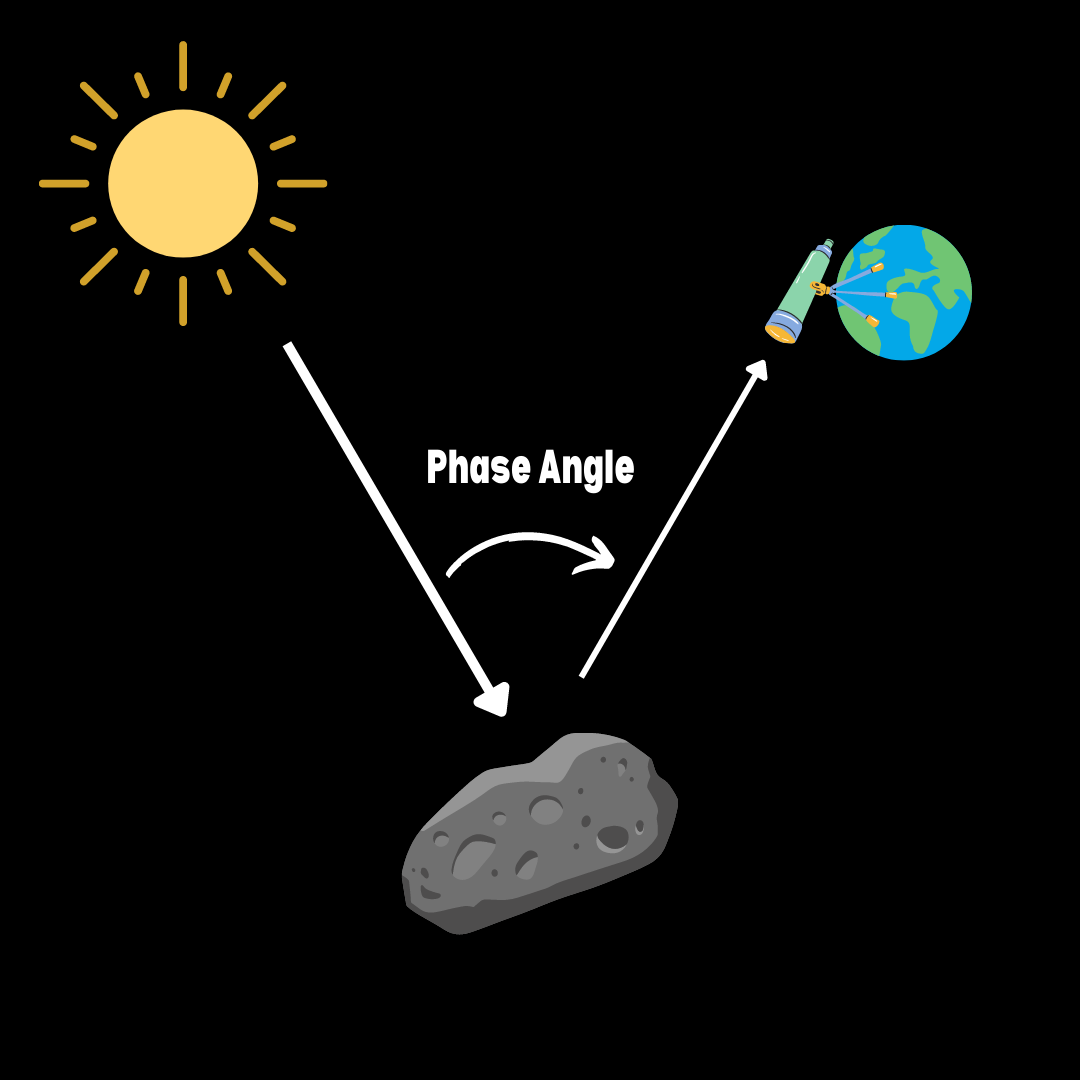A New Perspective on the Trojan Asteroids
Apr 13, 2023
The Lucy spacecraft took is first images of the Trojan asteroids in late March 2023.

While the asteroids still appear as single points of light in these images, Lucy scientists can use these observations to glean important information to help plan the future encounters, because Lucy is observing asteroids from a perspective that is impossible to see from Earth.
When Lucy observes asteroids with L’LORRI, its high-resolution visible-light camera, we are seeing the Sun’s light reflected off the asteroids’ surfaces. The total amount of light reflected is largely determined by the composition of the asteroids (see asteroid types), we can also learn a lot about the physical properties of the asteroid—including the shape, surface roughness, and topography—by observing how much light the asteroids reflect when observed at different angles.

The angle between the Sun, Asteroid, and the observer is known as the phase angle. If the Sun, Earth, and Asteroid are all nearly in a straight line (the phase angle is small) then the asteroid appears brighter as we are seeing the entire illuminated surface of the asteroid, like a full moon. When the angle between the objects is larger, the asteroid appears dimmer as we are seeing only part of the illuminated side. However, the exact apparent brightness is a function of both the shape of the asteroid and its surface properties. Therefore, observations at a wide range of phase angles can tell us about the physical properties of the material on the surface, as well as give us hints about larger scale topography like craters and mountains.
However, due to its orbit, from Earth we can only observed a limited range of phase angles. But now that Lucy is on its own orbit far from the Earth (over 100 million miles away) Lucy can see how bright the asteroids are from an entirely new vantage point. Watch the video below to see how the phase angle changes throughout the year from the Earth, as well as the new perspective that Lucy can now provide.